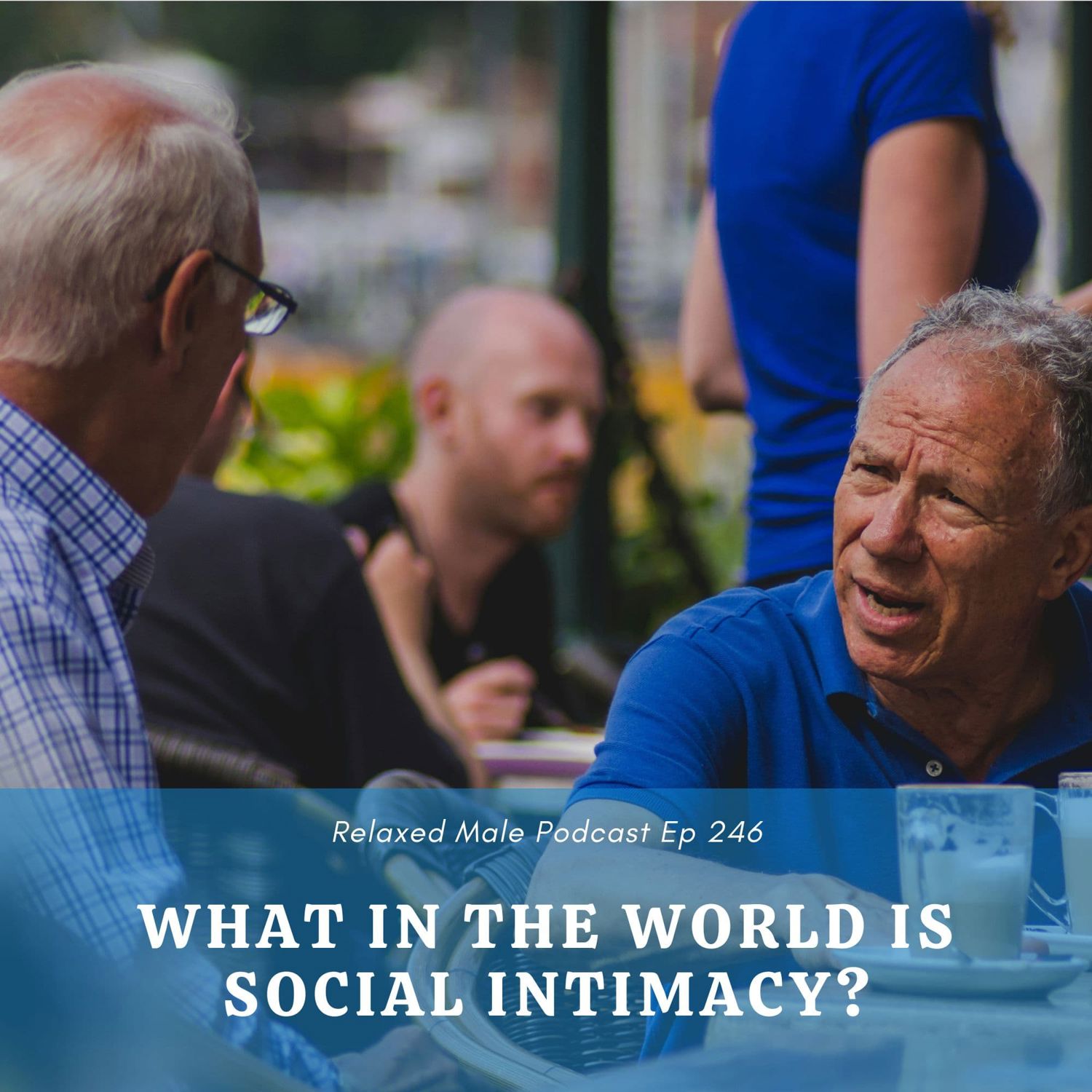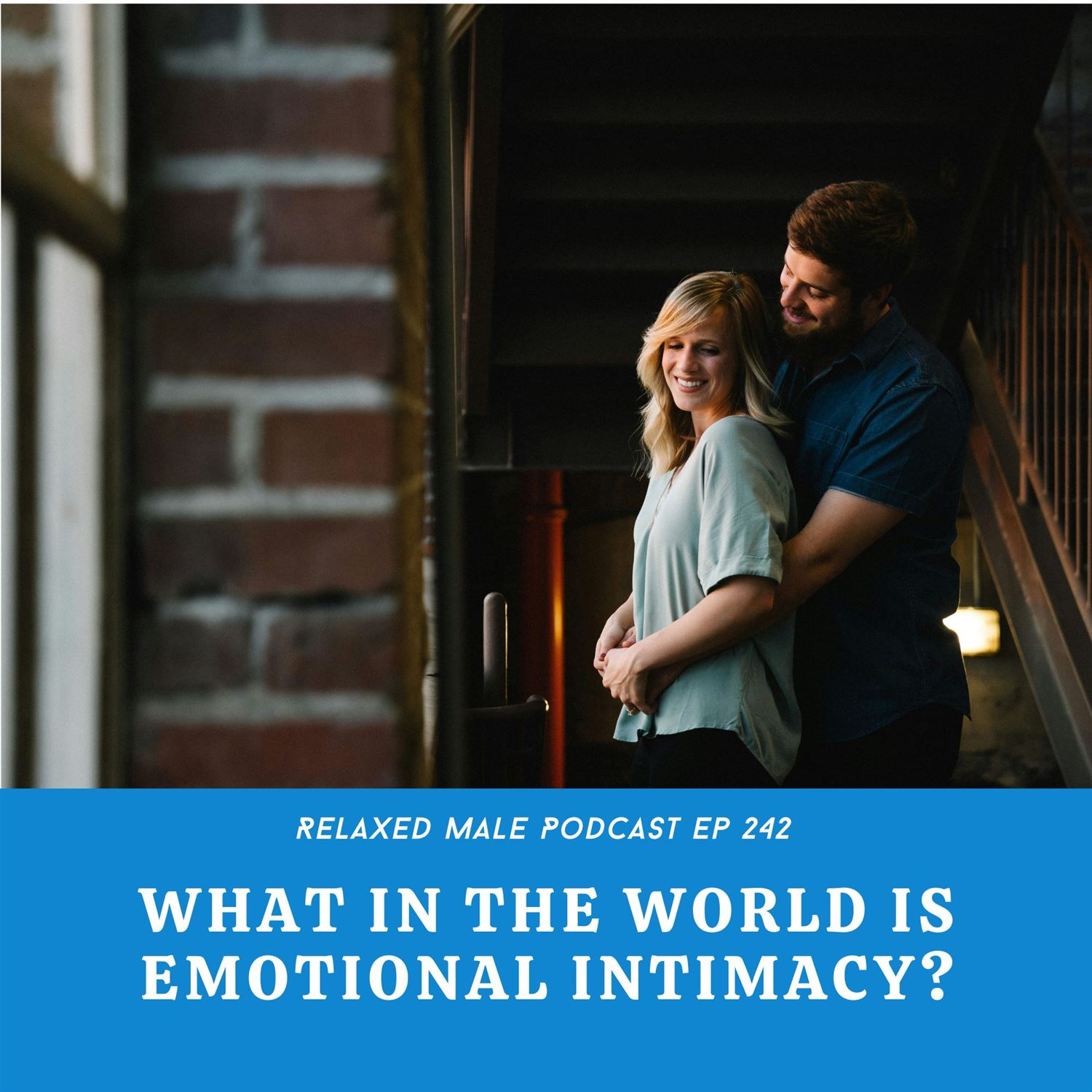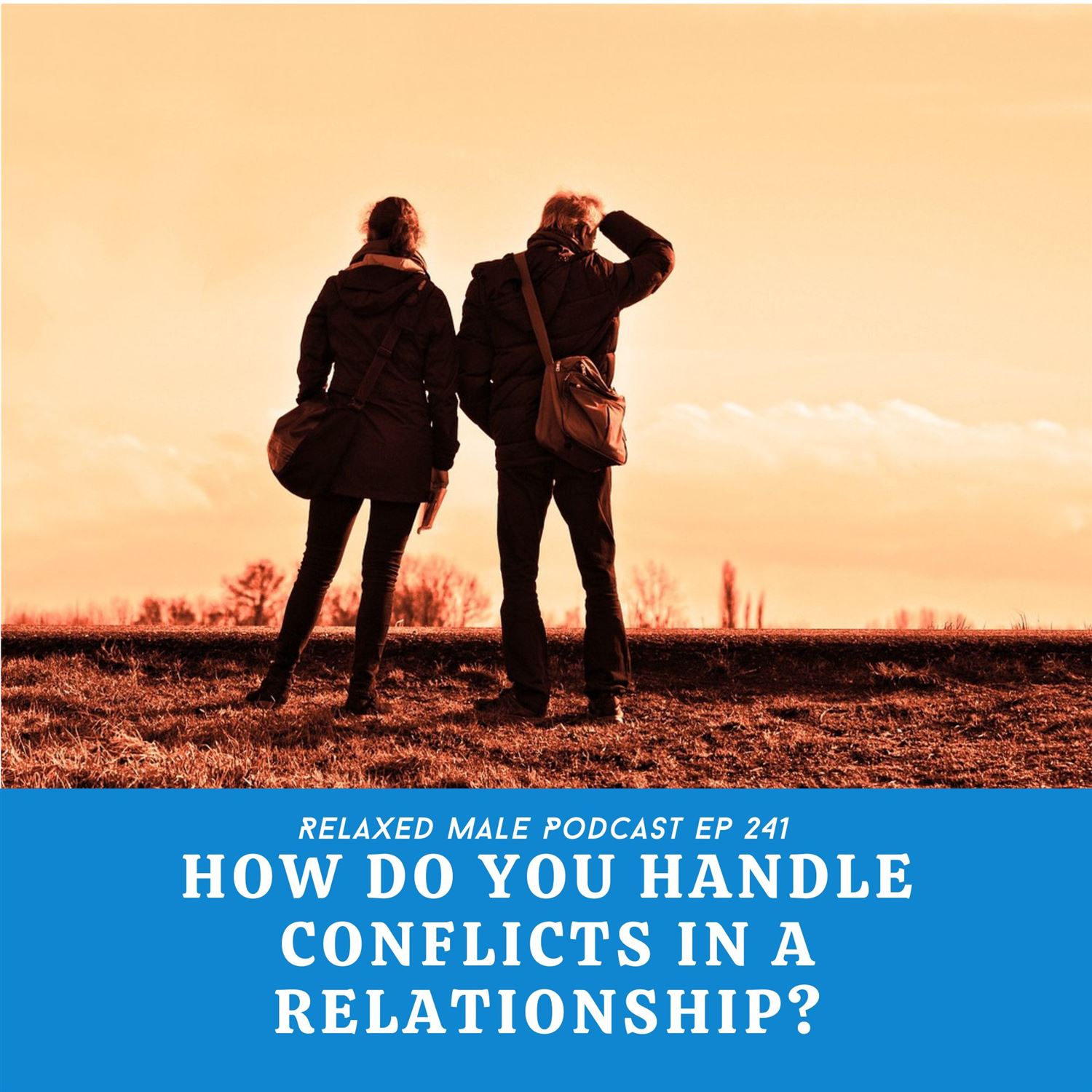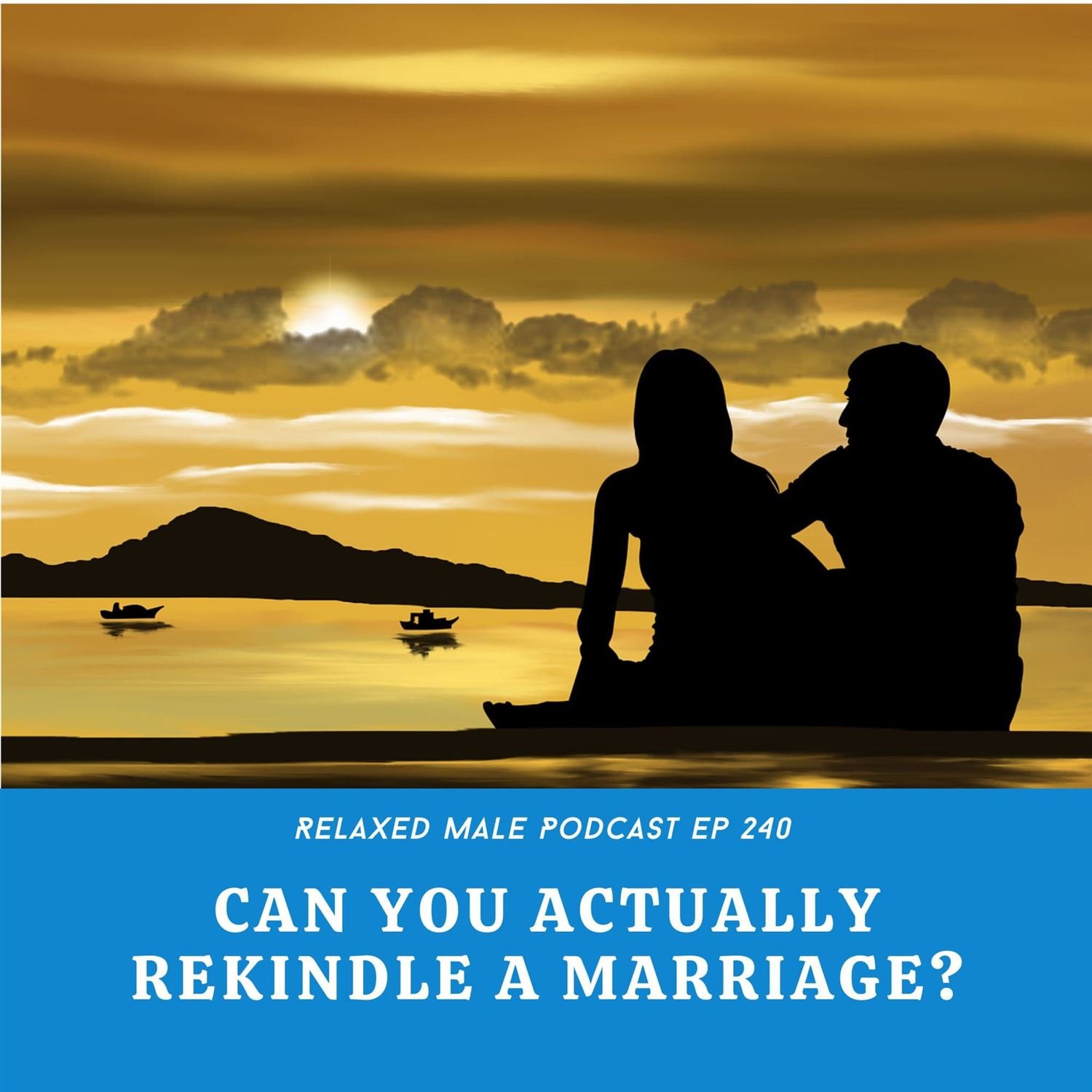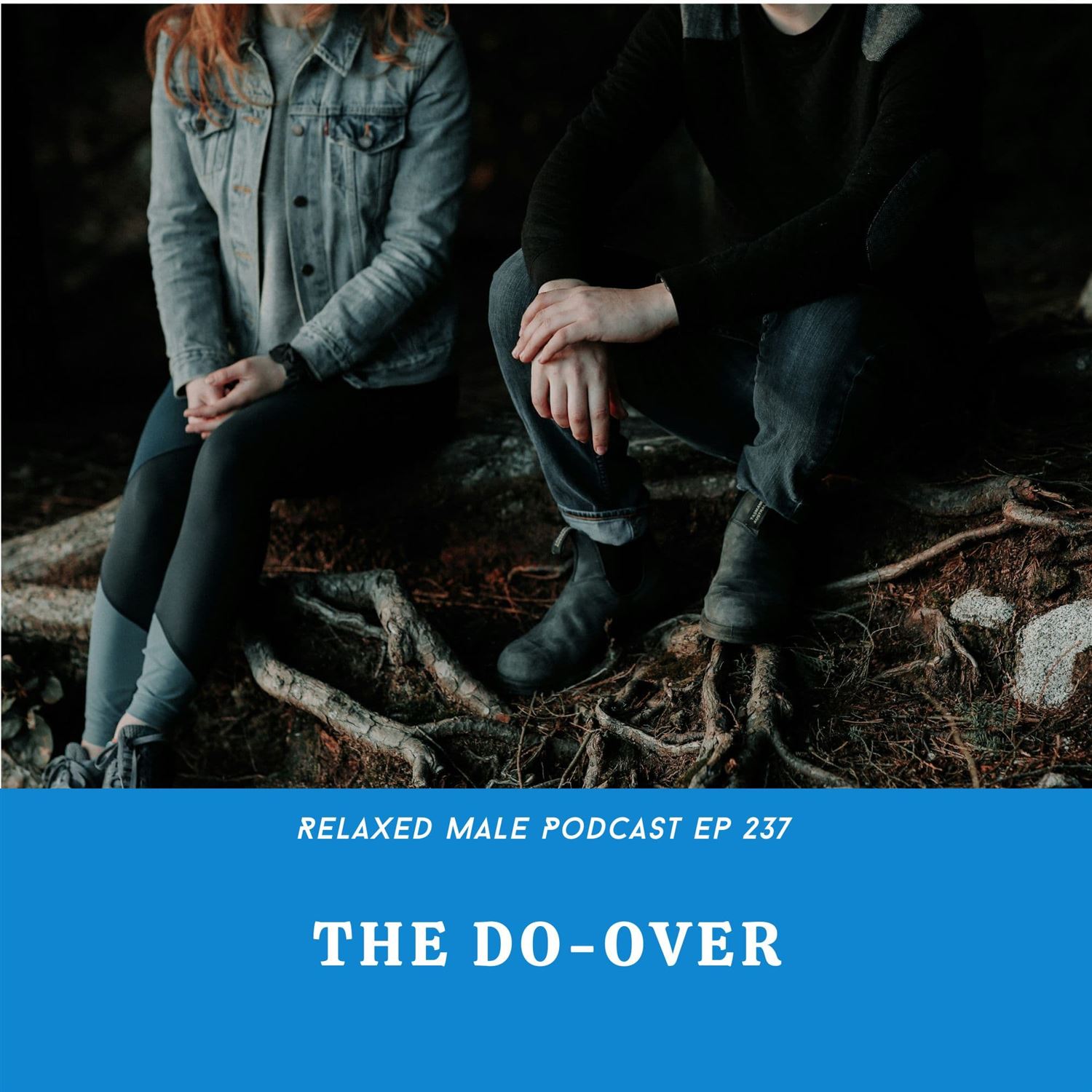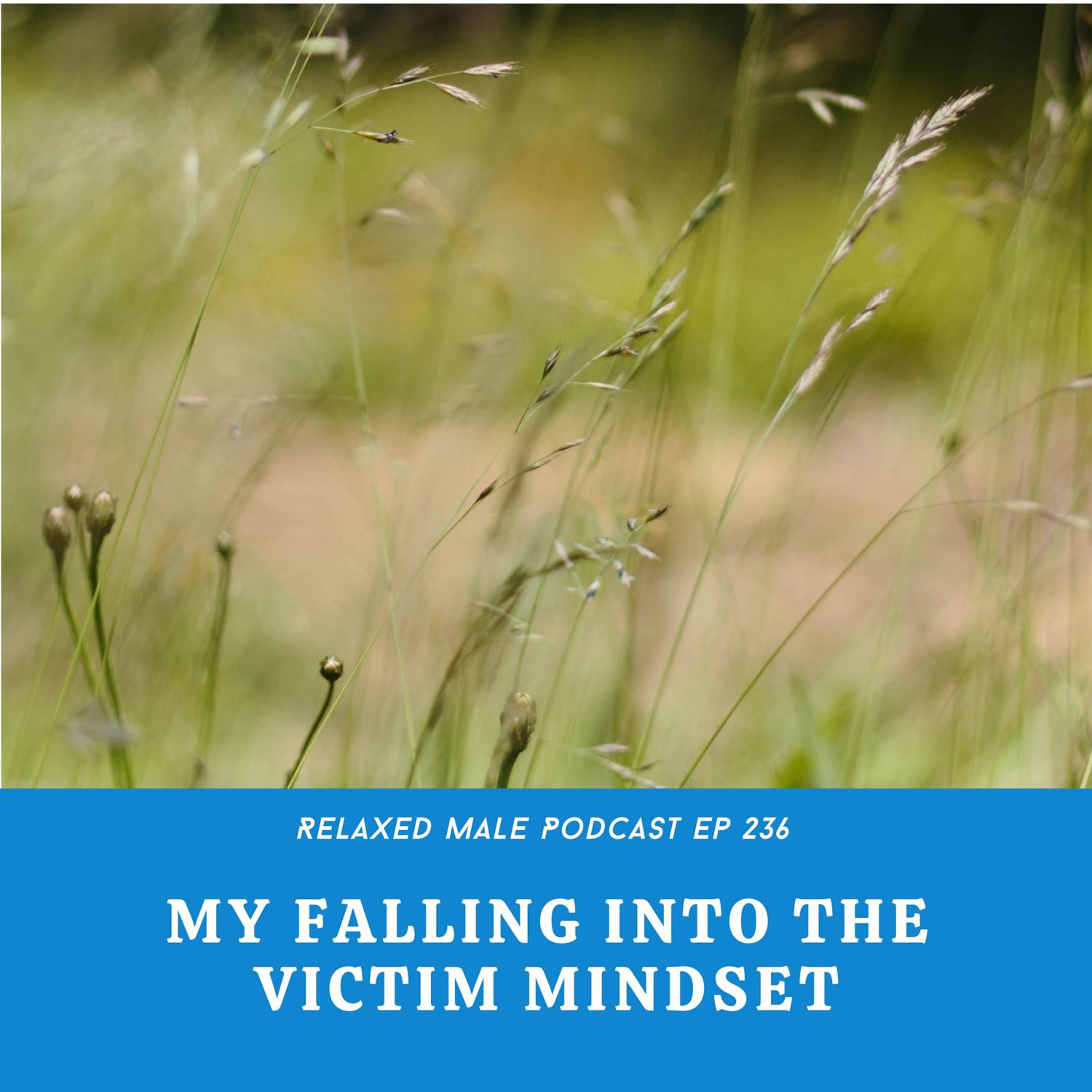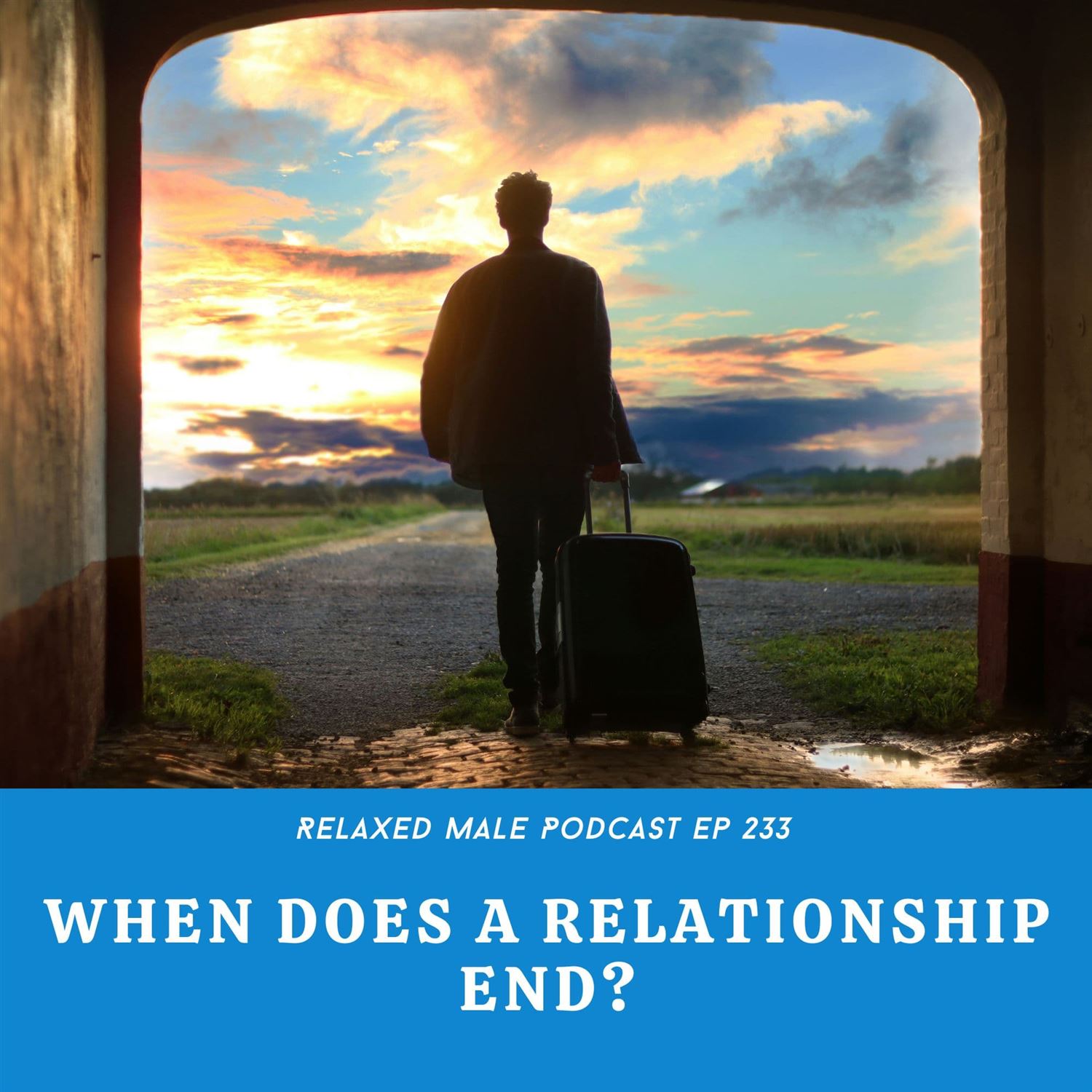Processing Your Emotions For a Better Life
Update: 2024-06-20
Description
We go through emotions hourly. Those emotions correlate with the different thoughts that we have. It is said that we have around 60,000 thoughts a day. That means that we have around 60,000 emotions a day. Now incorporate the 50-50 principle and you have half of your thoughts are gonna be good thoughts because they generate good emotions and the other half are gonna be bad thoughts that generate bad emotions.
Many many times we struggle with negative emotions. We avoid those negative emotions. We get angry or frustrated because we have a thought that we don’t wanna have and so we feel bad about that which causes us to have those negative emotions that pile onto other negative emotions, unlike algebra two negatives don’t make a positive.
Because we avoid the negative emotions, we don’t allow those emotions to have their moment and because of that those emotions get stuffed down they get tucked away. This is where we get so many of our assorted problems cropping up. People who experience emotions, but don’t know how to handle those emotions. For instance, men who have decided they’re not supposed to cry, often take a lot longer to grieve the loss of a loved one. They don’t approach The problems from the same direction because they are too busy, avoiding feeling negative.
So what are emotions? Why is it important to process those emotions? And how do you process those emotions? 
What are emotions?
In a nutshell, emotions are vibrations that are felt throughout your body. Sometimes those vibrations are pleasant other times those vibrations are unpleasant. This is what makes a positive emotion and negative emotion; it’s just how they vibrate within your body.
So you have a thought that generates a sensation that is felt through your body. This is why your thoughts create your emotions.
Why is it important to process one’s Emotions?
When you don’t process those emotions, you end up reacting to the emotions unintentionally. When you are processing the emotions, you’re experiencing the emotion you’re going through the emotional life cycle, which only lasts one to two minutes.
Many people struggle with the reaction to how short emotions are because they don’t realize that they are in thought loops that extend the pain of that emotion.
Yet when we process those emotions, we experience the emotion and then the emotion fades. Now, yes, that emotion may come back because we have that same thought again but the strength as to what that emotion is is nowhere near as powerful as it was the first time. And each time you process the motion, it becomes a little more easier to experience. It’ll never go away, and we wouldn’t want it to go away. Because our emotions are what make humans human.
When do you Process emotions?
You can process emotions anywhere. I often recommend people start learning how to process their emotions while in their living room sitting on the couch so they can put their full focus into what they are experiencing. That way you understand what thoughts you’re having that are creating the emotions you can describe the emotion and give the emotion a name.
Yet the best time to process any emotion is when you realize you were feeling it. You feel sadness. It’s best to go ahead and process the motion then or first place where it’s safe to do so processing anger or fear when you notice that you’re feeling a bad emotion. Go through the process and experience that emotion. Let that emotion live its lifespan which is not long at all.
How do you process an emotion?
Processing emotions is very simple. You just have to be able to understand when you’re experiencing an emotion. Many times I will experience an emotion and not realize it. This is the reason why we buffer so much. We buffer because there’s an emotion that crops up that we don’t want to experience so we turn to drugs or alcohol or video games or Food or porn because we don’t want to experience some emotion. It might be the emotion of rejection or the emotion of boredom. These are two of the bigger reasons that we buffer. These are based out of fear, all others can be based on other emotions.
To process an emotion and notice that it’s happening, the first thing to do is give it a name. Are you feeling sadness? Are you feeling bored? Are you feeling anger, jealousy, powerlessness? What is the emotion that you are feeling?
Describe where you feel that emotion. Is it on your head? Is the sensation on top of your head? Is it felt on your shoulders or on top of your shoulders? Maybe behind your shoulders? Is the emotion felt down your back or between your shoulder blades? Maybe it is off to one side or is it in your chest? Is the emotion felt in your chest, or in your stomach? Maybe you are feeling the emotion in your knees or in your thighs? Where in your body are you feeling? The emotion the most? Where do you feel that Vibration is strongest? 
Then pretend that you’re able to hold that emotion in your hands. Now start describing that emotion physically. Does it feel heavy, does it feel light? Does that emotion have a texture? Like sandpapery or scaly or is it glass smooth? Is it hot or is it cold? Is it somewhere between dense or light and fluffy? These are all aspects of an emotion that you can learn to look at so that you can fully experience that emotion as you go.
If you are struggling with naming the emotion, there is an app that can provide a lot of insight into the type of emotion you are feeling.
<figure> <figcaption></figcaption></figure>
<figcaption></figcaption></figure>
Take The Next Step
You can have your relationship dreams come true.
You can by taking the next step. You can have a relationship that is fun, loving, and fulfilling. You can have late nights of curiosity-fueled talks. All this is possible when you get coached.
Right now I am making a very special offer that will only last for a limited time. If you are interested in Getting coached for 95% off Then sign up quickly cause the space is limited and they are filling fast.
TAKE THE NEXT STEP
<figure>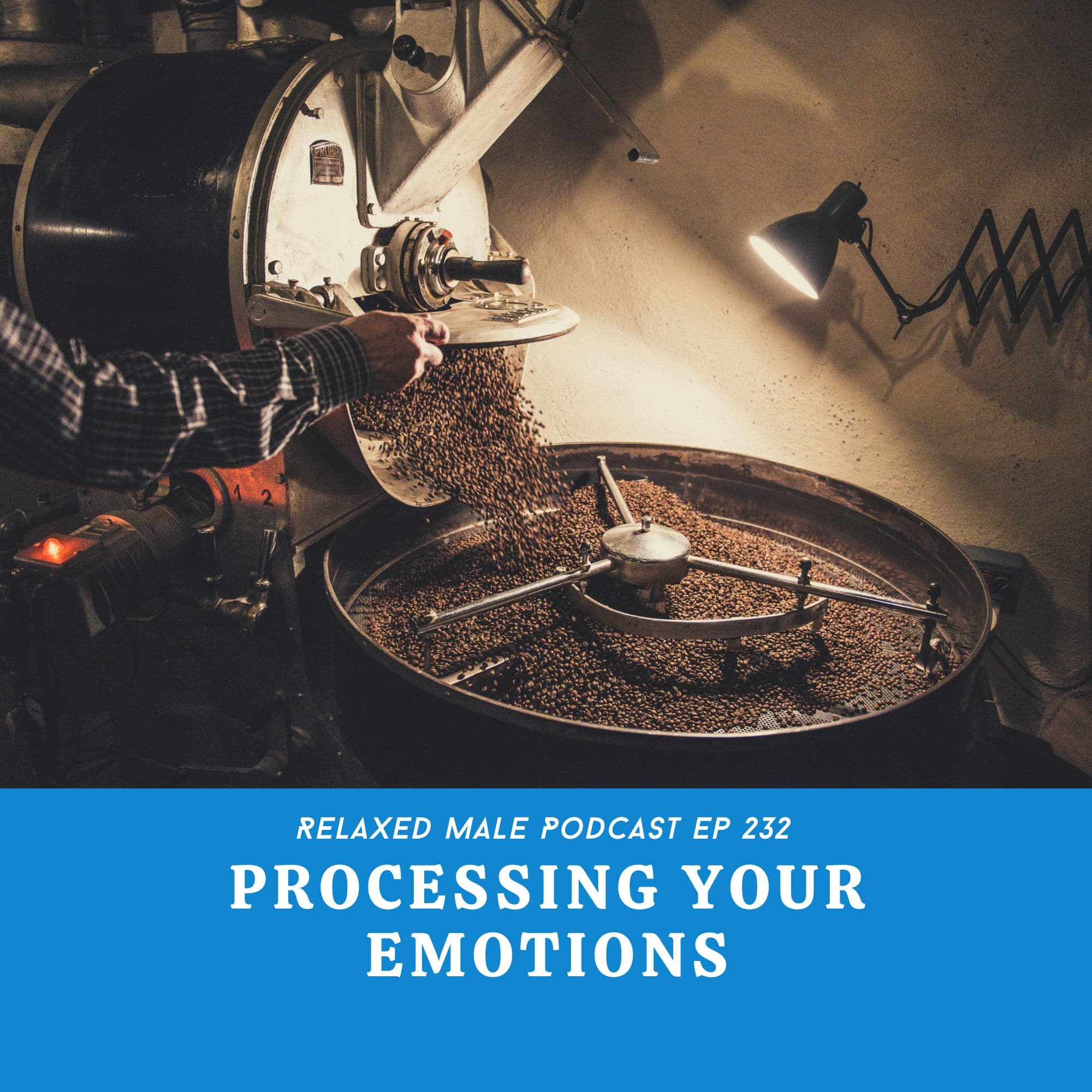 <figcaption></figcaption></figure>
<figcaption></figcaption></figure>
Many many times we struggle with negative emotions. We avoid those negative emotions. We get angry or frustrated because we have a thought that we don’t wanna have and so we feel bad about that which causes us to have those negative emotions that pile onto other negative emotions, unlike algebra two negatives don’t make a positive.
Because we avoid the negative emotions, we don’t allow those emotions to have their moment and because of that those emotions get stuffed down they get tucked away. This is where we get so many of our assorted problems cropping up. People who experience emotions, but don’t know how to handle those emotions. For instance, men who have decided they’re not supposed to cry, often take a lot longer to grieve the loss of a loved one. They don’t approach The problems from the same direction because they are too busy, avoiding feeling negative.
So what are emotions? Why is it important to process those emotions? And how do you process those emotions? 
What are emotions?
In a nutshell, emotions are vibrations that are felt throughout your body. Sometimes those vibrations are pleasant other times those vibrations are unpleasant. This is what makes a positive emotion and negative emotion; it’s just how they vibrate within your body.
So you have a thought that generates a sensation that is felt through your body. This is why your thoughts create your emotions.
Why is it important to process one’s Emotions?
When you don’t process those emotions, you end up reacting to the emotions unintentionally. When you are processing the emotions, you’re experiencing the emotion you’re going through the emotional life cycle, which only lasts one to two minutes.
Many people struggle with the reaction to how short emotions are because they don’t realize that they are in thought loops that extend the pain of that emotion.
Yet when we process those emotions, we experience the emotion and then the emotion fades. Now, yes, that emotion may come back because we have that same thought again but the strength as to what that emotion is is nowhere near as powerful as it was the first time. And each time you process the motion, it becomes a little more easier to experience. It’ll never go away, and we wouldn’t want it to go away. Because our emotions are what make humans human.
When do you Process emotions?
You can process emotions anywhere. I often recommend people start learning how to process their emotions while in their living room sitting on the couch so they can put their full focus into what they are experiencing. That way you understand what thoughts you’re having that are creating the emotions you can describe the emotion and give the emotion a name.
Yet the best time to process any emotion is when you realize you were feeling it. You feel sadness. It’s best to go ahead and process the motion then or first place where it’s safe to do so processing anger or fear when you notice that you’re feeling a bad emotion. Go through the process and experience that emotion. Let that emotion live its lifespan which is not long at all.
How do you process an emotion?
Processing emotions is very simple. You just have to be able to understand when you’re experiencing an emotion. Many times I will experience an emotion and not realize it. This is the reason why we buffer so much. We buffer because there’s an emotion that crops up that we don’t want to experience so we turn to drugs or alcohol or video games or Food or porn because we don’t want to experience some emotion. It might be the emotion of rejection or the emotion of boredom. These are two of the bigger reasons that we buffer. These are based out of fear, all others can be based on other emotions.
To process an emotion and notice that it’s happening, the first thing to do is give it a name. Are you feeling sadness? Are you feeling bored? Are you feeling anger, jealousy, powerlessness? What is the emotion that you are feeling?
Describe where you feel that emotion. Is it on your head? Is the sensation on top of your head? Is it felt on your shoulders or on top of your shoulders? Maybe behind your shoulders? Is the emotion felt down your back or between your shoulder blades? Maybe it is off to one side or is it in your chest? Is the emotion felt in your chest, or in your stomach? Maybe you are feeling the emotion in your knees or in your thighs? Where in your body are you feeling? The emotion the most? Where do you feel that Vibration is strongest? 
Then pretend that you’re able to hold that emotion in your hands. Now start describing that emotion physically. Does it feel heavy, does it feel light? Does that emotion have a texture? Like sandpapery or scaly or is it glass smooth? Is it hot or is it cold? Is it somewhere between dense or light and fluffy? These are all aspects of an emotion that you can learn to look at so that you can fully experience that emotion as you go.
If you are struggling with naming the emotion, there is an app that can provide a lot of insight into the type of emotion you are feeling.
<figure>
 <figcaption></figcaption></figure>
<figcaption></figcaption></figure>Take The Next Step
You can have your relationship dreams come true.
You can by taking the next step. You can have a relationship that is fun, loving, and fulfilling. You can have late nights of curiosity-fueled talks. All this is possible when you get coached.
Right now I am making a very special offer that will only last for a limited time. If you are interested in Getting coached for 95% off Then sign up quickly cause the space is limited and they are filling fast.
TAKE THE NEXT STEP
<figure>
 <figcaption></figcaption></figure>
<figcaption></figcaption></figure> If you would like to reclaim your bride and leave the mediocrity of roommate syndrome behind, then it is time to take the next step.
Take The Next Step
Comments
Top Podcasts
The Best New Comedy Podcast Right Now – June 2024The Best News Podcast Right Now – June 2024The Best New Business Podcast Right Now – June 2024The Best New Sports Podcast Right Now – June 2024The Best New True Crime Podcast Right Now – June 2024The Best New Joe Rogan Experience Podcast Right Now – June 20The Best New Dan Bongino Show Podcast Right Now – June 20The Best New Mark Levin Podcast – June 2024
In Channel







